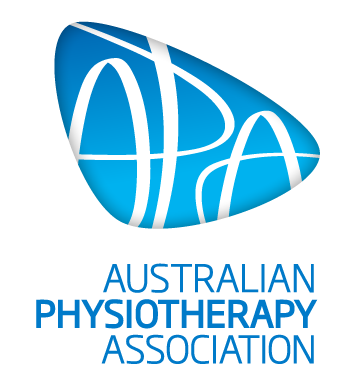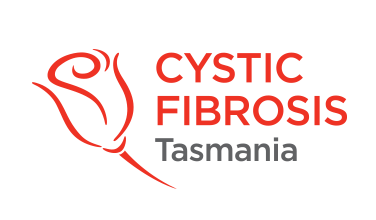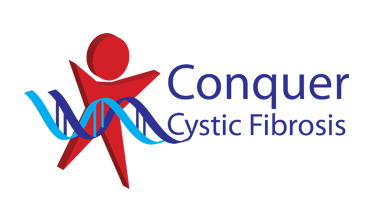Excessive and Ineffective Coughing
At times during a chest infection, in response to certain triggers or sometimes as a result of being a habit even when well, you may experience repeated coughing, or a coughing fit. With paroxysmal coughing, your cough becomes excessive, and runs away from you with no control. Excessive or paroxysmal coughing can cause more damage to your airways, your vocal cords, and pain in certain muscle groups, and is not an efficient or effective way to clear secretions from your airways.
Talk to your healthcare team if your cough is becoming more regular, persistent, or ineffective at clearing your secretions. The change may indicate changes in your health and require a more detailed review of your current healthcare management.
Potential contributing factors may be:
- Acute exacerbation (chest infection), an increase in viral or bacterial load in the upper and/or lower airways
- Post nasal drip/sinus congestion
- Gastroesophageal reflux
- Habitual excessive coughing
- Reactive airways
- Some medications
- Dysfunctional breathing
- Other aggravating factors – irritant/allergens
It is important if you are known to respond to any of the above triggers with a paroxysmal cough to develop an action plan with your care team. Here are some of the elements you might include on the action plan:
- Medical management as per discussions with your doctors
- Modify or re-introduce use of bronchodilators before inhaled therapies, airway clearance and exercise
- Ensure regular use of sinuses rinses and nasal sprays as prescribed to assist with post-nasal drip and sinus congestion
- Manage reflux optimally with medication, lifestyle factors or an appropriate treatment plan if this is a contributing factor
- Commence oral or inhaled antibiotics if indicated
- Review other medical strategies (pharmacological options)
- Improve adherence with short acting and long-acting bronchodilators already prescribed and revisit education on the optimal timing of these medications
- Review choice of airway clearance devices and techniques, as you might find one technique works better over another when your airways are more irritable and more prone to paroxysmal coughing
- Try to optimise humidification and filtering of your breath by breathing in through your nose rather than your mouth, and slow your breathing down when possible
- Avoid cold air, protect with a scarf or a mask if the cold air does trigger the paroxysmal cough (remember the mask may also be a trigger, if so, avoid long periods of use of this)
- Hydrate your airways (as above prolonged use of masks may dry out your airways and make them more irritable); hydration can be improved through more oral water intake (avoid alcohol, caffeine, spicy foods), and use of mucolytic therapy (for example hypertonic saline) to improve airway hydration directly
- Pausing airway clearance, inhalation therapy or exercise sessions with sips of water, and relaxed breathing through the nose with a closed mouth if possible
- Listening and feeling for when the sputum/mucus travels up towards your throat, indicating it is now time to cough, or clear with a single huff
- Use of staged huffs and/or autogenic drainage to shift the secretions further up the airways prior to coughing, and reserve a clearing or ‘directed’ cough only for when the secretions are close to your mouth
- Relaxation techniques to rest and relax the muscles around the neck and the shoulders if excessive coughing has been occurring, this will also help to protect your vocal cords
- If your vocal cords are irritated, relaxation, yawning, and using other techniques (as per discussions with your care team/speech pathologist) may be helpful
References & Resources:
Anstead M, Saiman L, Mayer-Hamblett N, Lands LC, Kloster M, Goss CH, Rose L, Burns JL, Marshall B, Ratjen F. Pulmonary exacerbations in CF patients with early lung disease. J Cyst Fibros. 2014 Jan;13(1):74-9. doi: 10.1016/j.jcf.2013.07.006. Epub 2013 Sep 10. PMID: 24029220.
Fathi H, Moon T, Donaldson J, Jackson W, Sedman P, Morice AH. Cough in adult cystic fibrosis: diagnosis and response to fundoplication. Cough. 2009 Jan 18;5:1. doi: 10.1186/1745-9974-5-1. PMID: 19149907; PMCID: PMC2634760.
Kerem E, Wilschanski M, Miller NL, Pugatsch T, Cohen T, Blau H, Rivlin J, Shoseyov D, Reha A, Constantine S, Ajayi T, Hirawat S, Elfring GL, Peltz SW, Miller LL. Ambulatory quantitative waking and sleeping cough assessment in patients with cystic fibrosis. J Cyst Fibros. 2011 May;10(3):193-200. doi: 10.1016/j.jcf.2011.02.003. Epub 2011 Apr 2. PMID: 21459051.
Speech Therapy For Vocal Cord Dysfunction (VCD) (connectedspeechpathology.com)
Vocal Cord Dysfunction | Johns Hopkins Medicine
https://toolkit.severeasthma.org.au/co-morbidities/pulmonary-upper-airways/dysfunctional-breathing/
The breathing thinking functioning (BTF) approach (Leaflet 1) | CUH









